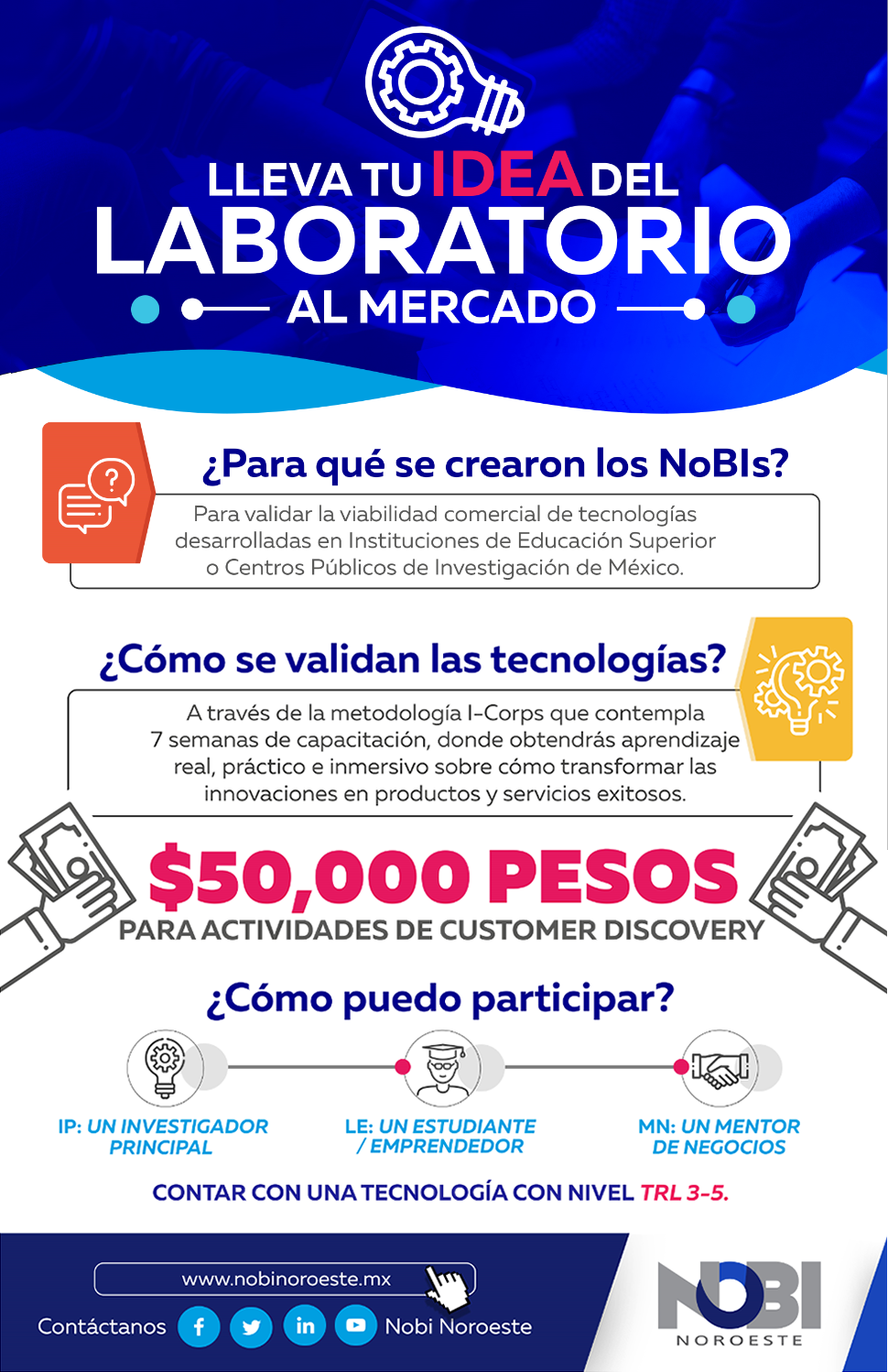Culiacán, Sinaloa. April 29th, 2016 (Conacyt Information Agency).- Twelve years ago, Sinaloa started its incursion into the most ambitious international project of particle physics, the Large Hadron Collider (LHC) of the European Organization for Nuclear Research (CERN, Centre Européen pour la Recherche Nucléaire), based on Geneva, Switzerland.
Ildefonso León Monzón, PhD and researcher from the Physics-Mathematics Science Faculty of the Autonomous University of Sinaloa (UAS, Universidad Autónoma de Sinaloa), is responsible of the detector ALICE (A Large Ion Collider Experiment), specially designed for the collision of heavy ions. The discoveries of such project have achieved the prolongation of this research up to 2022, as well as the opportunity for more postgraduate students to join this project.
León Monzón works along with almost a thousand of scientists from 29 countries, among them is the Mexican Gerardo Herrera Corral. The work team aims to recreate the explosion that gave life to the Universe.
In the interview for Conacyt Information Agency, the PhD level II of the National System of Researchers recalled that in 2004 UAS, as a recognised institution, joined the project.
«The objective is to make a recreation of the Big Bang’s first moments, that is, how was formed the matter in the first instants, since its first millionth of second», commented.
Conacyt subvention
In 2013, the National Council of Science and Technology (Conacyt, Consejo Nacional de Ciencia y Tecnología) approved the project for creating the Instrumentation Laboratory on High Energies Physics, through which scientists and postgraduate students remotely work with the LHC, from Culiacán.
«The investment for the installation of the laboratory in the Physics-Mathematics Science Faculty was of 3.5 million of pesos. This is what allowed UAS to increase its permanence in the project up to 2022», emphasised.
Undergraduate students of electronics also joined, through the Electronics Laboratory of Printed Circuit. Nowadays, said, three researchers work on ALICE project, together with two students from Informatics Faculty, one from Electronics and two postgraduate Physics students. There are at least 10 UAS students.
In the framework of recreating the first moments of the Big Bang and the quest of answering the mystery matter formation time (mainly its characteristics), the team gathered by León Monzón surprised with the discovery of the liquid Universe.
«Until a few years ago, it was thought that the early Universe had a property of gaseous state, and the ALICE experiment showed it ain’t gas, is liquid. Is a liquid universe, but, besides, strange, is perfect, flows without barriers.»
«That is to say, a very special matter state, you cannot restrain it: overflows boundaries. It is not a new state for physics, but such state hadn’t been characterised in those instants. It was a surprise that it was liquid», said regarding to the great achievement made by the sinaloense team.
Another contribution, he explained, is the responsibility of designing, constructing and operating a new instrument for physics studies.
«This is not something that exists as a programme within the experiment; nevertheless, it is part of UAS’ responsibilities, in coordination with the Centre for Research and Advanced Studies of the National Polytechnic Institute and CERN».
The team designed and constructed a detector entitled AD (Alice Diffractive), which broadens ALICE detector’s efficiency for a physics type named diffractive.
It was validated in 2012 as a diagnosis system and in 2015 functioned as detector of reading to improve the experiment’s capacity for diffractive physics. This consists on the research on protons collision against protons.
«”Diffractive” processes occur almost 30% of times a proton crosses with another, after which interaction protons still protons.»
The AD detector is placed in two distant points, explained Léon Monzón. Is where particles collision happens. «It is in those points where the diffractive physics phenomenon happens.»
From UAS, most of human resources
Currently, UAS is the institution that provides most of human resources and designs for the detectors, emphasised León Monzón. The responsibilities of the students are very specific. The research team’s headquarters is the Physics-Mathematics Science Faculty, located in University City. The group is called High Energies.
«I represent the Mexican group, on behalf of the University. And there is another colleague from electronics who is also linked. Then, UAS is placing scientists from physics and electronics areas fro the development of devices and technologies to be used in the new instruments that will be installed in CERN, in ALICE», noted.
Source: CONACYT Informative Agency, translated by Belem Ruiz (Edition and Communication, PIT-UAS).



 Parque Científico Tecnológico, Universidad Autónoma de Sinaloa © 2015
Parque Científico Tecnológico, Universidad Autónoma de Sinaloa © 2015